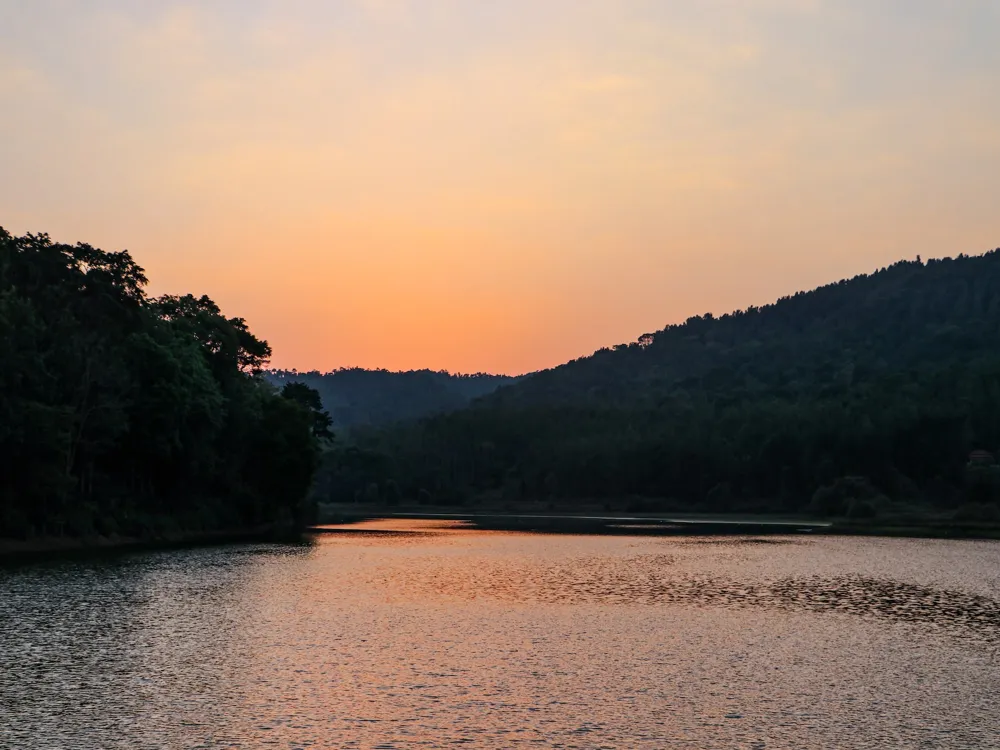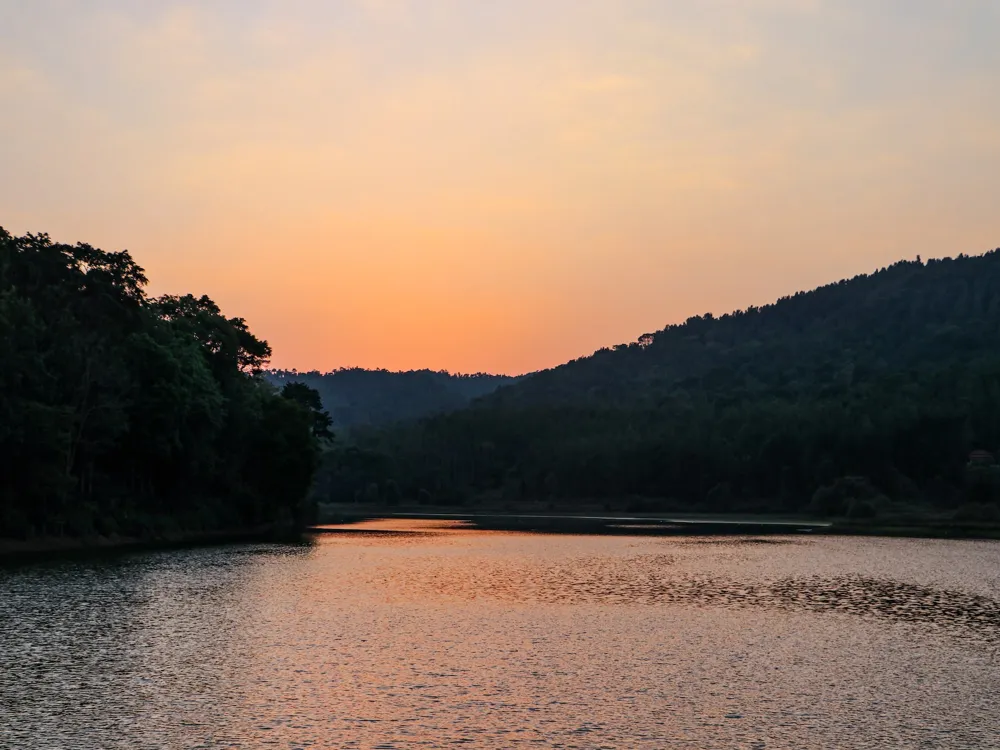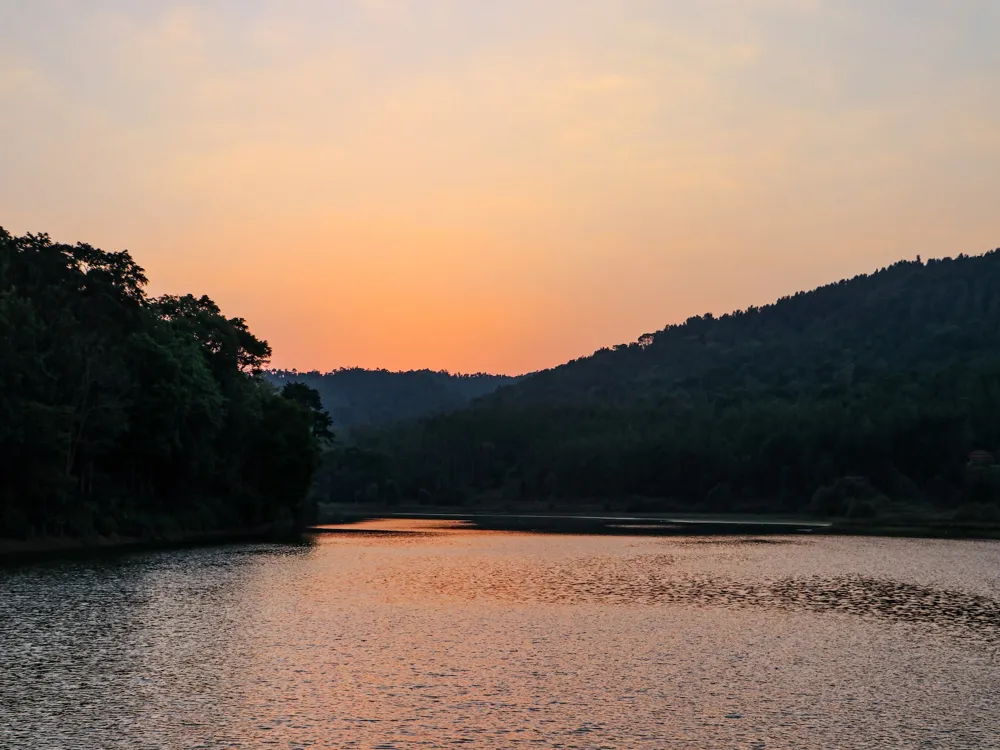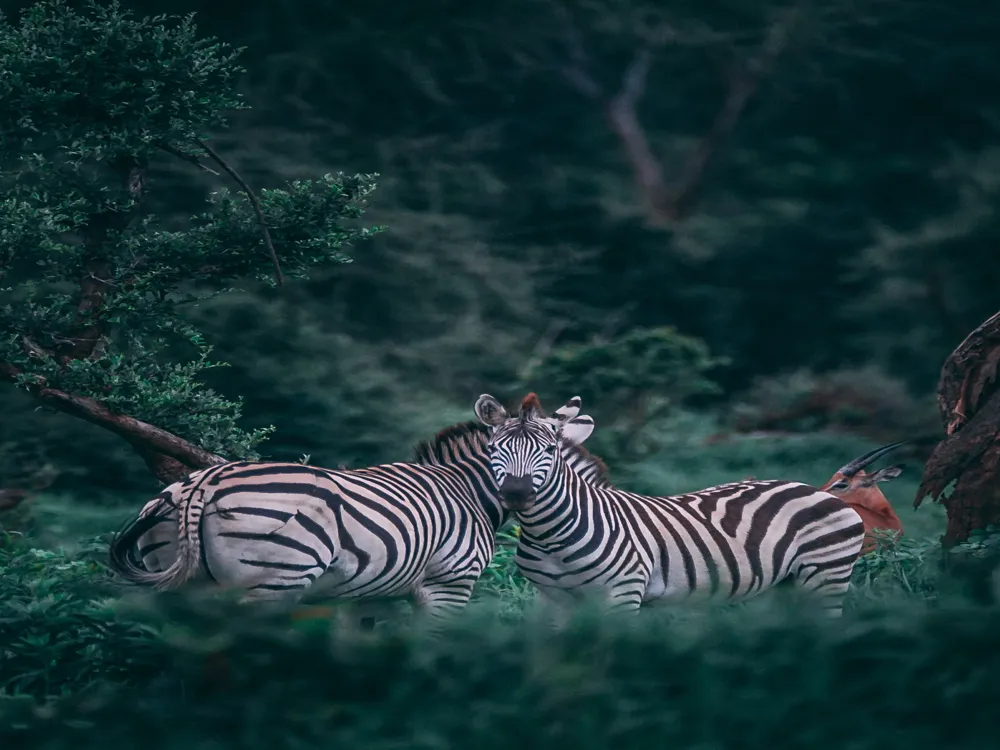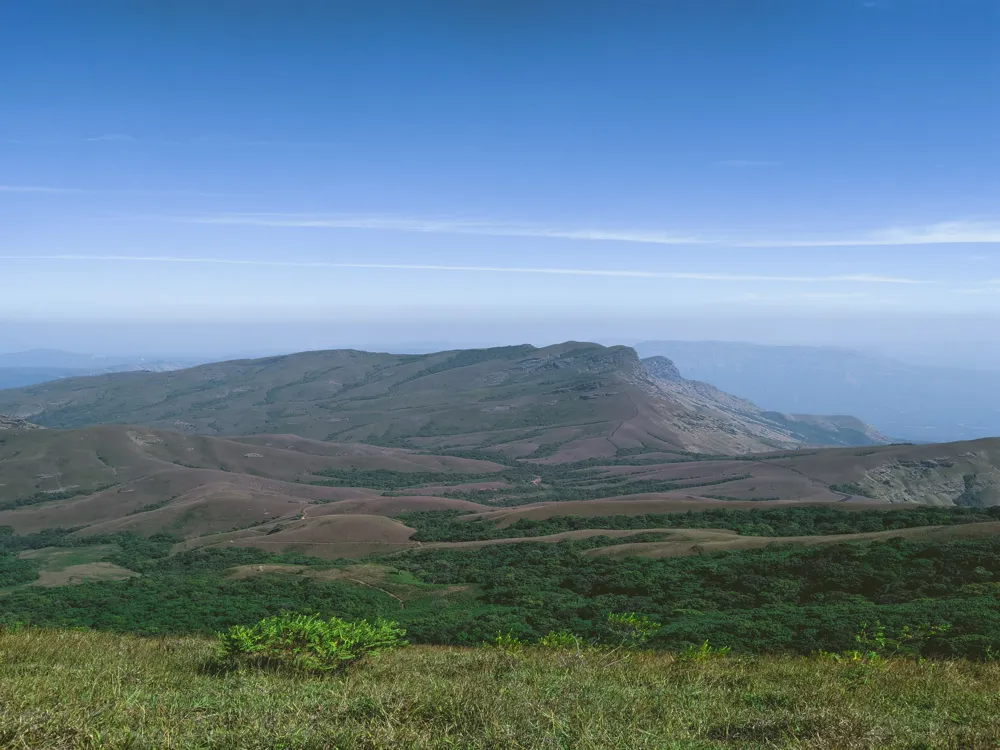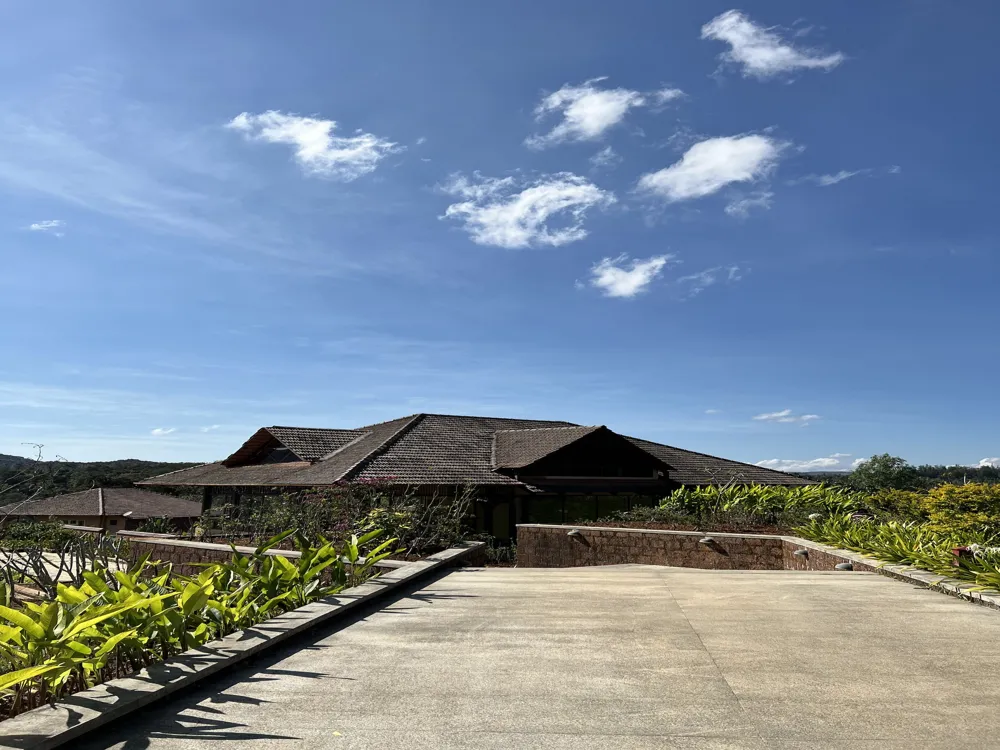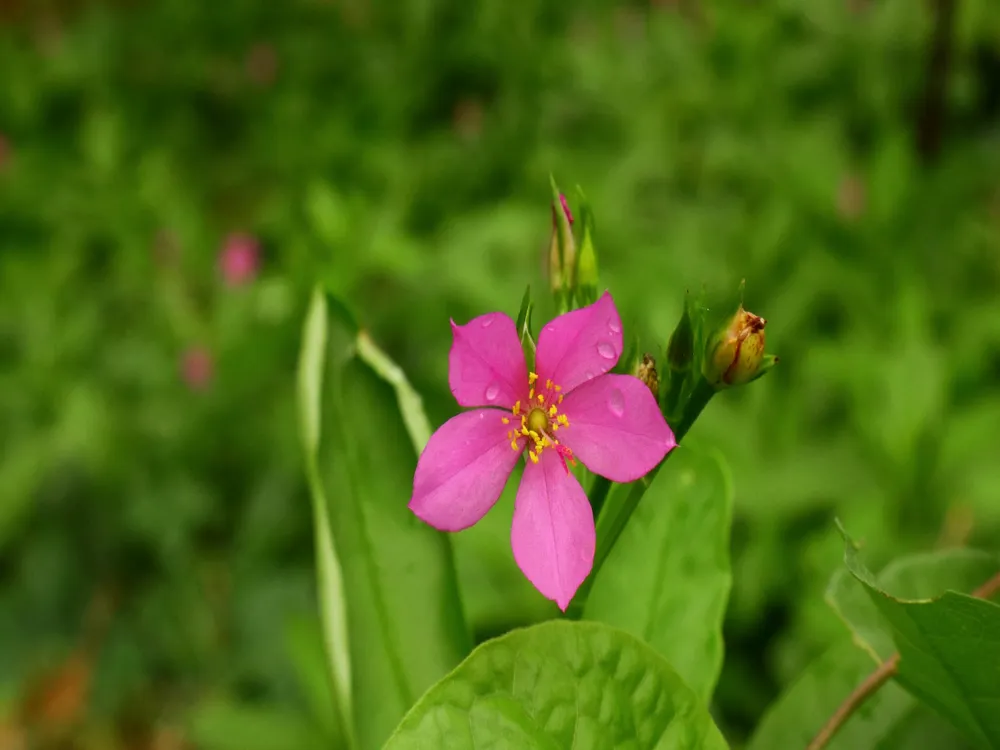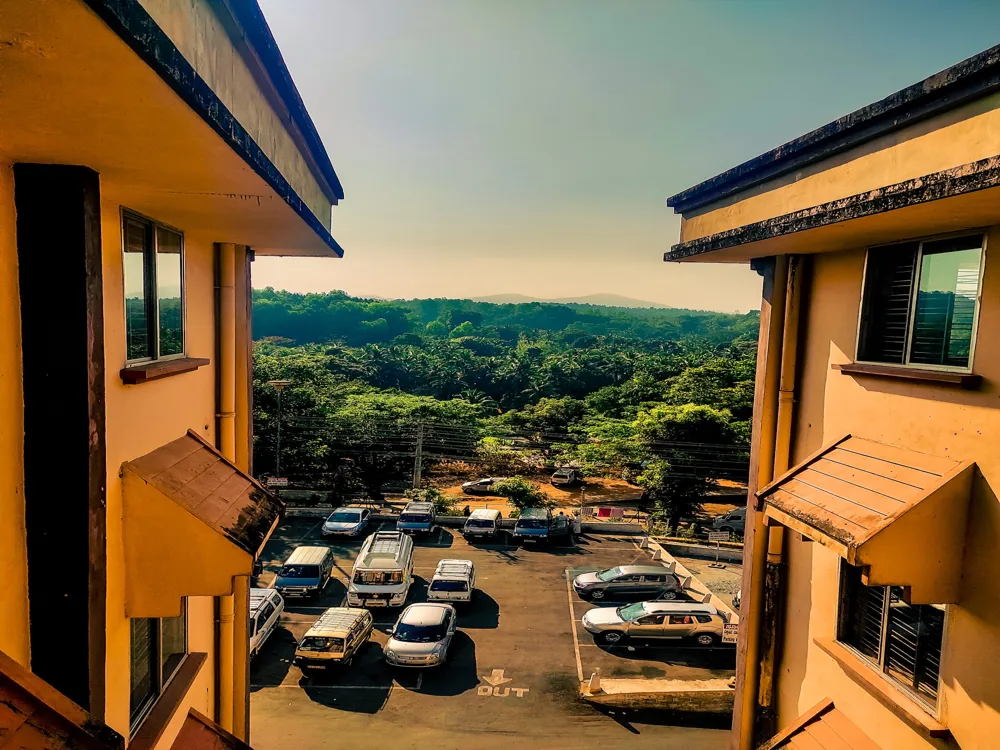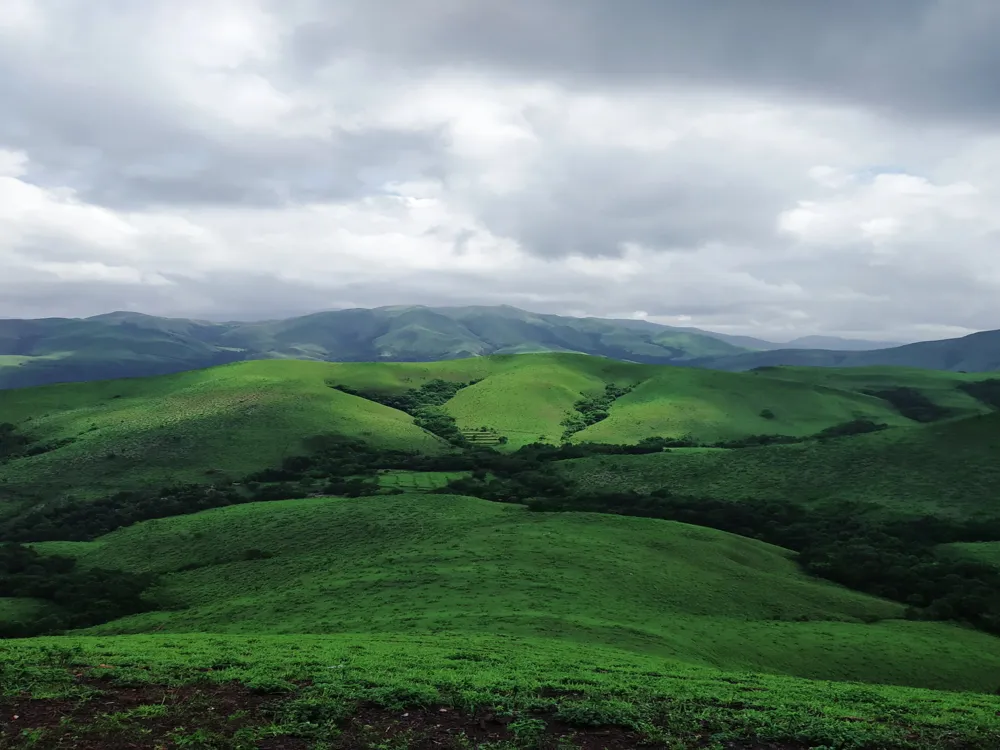Chikmagalur, a serene hill station in Karnataka, India, is renowned for its captivating beauty and tranquil ambiance. Nestled in the Western Ghats, it's a paradise for nature lovers and adventure enthusiasts alike. This picturesque town is not just about scenic beauty; it's a place steeped in rich history and culture. Known as the 'Coffee Land of Karnataka', Chikmagalur is famed for its sprawling coffee plantations and lush green forests. The climate here is pleasantly cool throughout the year, making it a perfect getaway from the hustle and bustle of city life.
The history of Chikmagalur dates back to the early centuries. The town's name translates to 'Younger Daughter's Town' in Kannada, rooted in the local legend of a chieftain who gave the town as a dowry to his younger daughter. This historic town has been a silent witness to various dynasties and empires, from the Hoysalas to the British Raj, each leaving an indelible mark on its cultural fabric. The legacy of these eras is evident in the town's architecture, cuisine, and lifestyle.
Today, Chikmagalur is not just a tourist destination but also an important commercial hub, especially for coffee and spice trade. The town's economy thrives on agriculture, with coffee being the primary crop. It's believed that coffee was first cultivated in India in Chikmagalur, brought by Baba Budan from Yemen in the 17th century. The town is surrounded by majestic hills like Mullayanagiri, which is the highest peak in Karnataka, and wildlife sanctuaries like Bhadra Wildlife Sanctuary, making it an ideal location for trekking, wildlife photography, and bird watching.
Culturally, Chikmagalur is a melting pot of diverse traditions and practices. Festivals here are celebrated with great pomp and show, reflecting the rich heritage and traditions of the region. The town is also known for its unique cuisine, blending the flavors of Karnataka's different regions. The local dishes, predominantly vegetarian, are known for their rich flavors and variety, offering a delightful experience to food enthusiasts.
The architecture of Chikmagalur is a fascinating amalgamation of various styles influenced by the region's historical rulers and its natural landscape. The town showcases a blend of traditional Dravidian architecture and colonial influences, reflecting the cultural and historical diversity of the region. Prominent among these are the ancient temples, which exhibit exquisite craftsmanship and intricate carvings typical of Hoysala architecture.
The Hoysala temples in and around Chikmagalur are architectural marvels. The intricate sculptures and detailed carvings on these temples narrate stories of Hindu mythology and display the skill and creativity of ancient artisans. The Amruteshwara Temple, a classic example of Hoysala architecture, is renowned for its elaborate carvings and sculptures. Similarly, the Kodandarama Temple combines the Hoysala and Dravidian architectural styles, offering a unique visual treat.
Chikmagalur's landscape is dotted with numerous forts, palaces, and colonial buildings that tell the story of its past. The Ballalarayana Durga Fort, perched on a hilltop, offers a panoramic view of the surrounding landscape. This fort, though in ruins, stands as a testament to the region's historical significance. The colonial influence is evident in the architecture of bungalows and buildings from the British era, characterized by gabled roofs, large verandas, and spacious interiors.
One cannot discuss the architecture of Chikmagalur without mentioning its coffee estates. These estates, some dating back to the British era, blend beautifully with the natural landscape. The bungalows in these estates are designed to provide comfort in the midst of nature, with large windows and verandas offering stunning views of the surrounding plantations and hills.
In summary, Chikmagalur's architecture is a reflection of its rich history and natural beauty. From ancient temples and forts to colonial bungalows and modern buildings, the town presents an array of architectural styles that are not only aesthetically pleasing but also tell the story of its diverse cultural heritage.
The ideal time to visit Chikmagalur is between September and May, when the weather is cool and pleasant, perfect for outdoor activities and exploring the town.
Carry light woolens as evenings can be cool. Don’t forget your trekking shoes, rain gear during monsoons, and essentials like a camera, binoculars for bird watching, and a sturdy water bottle.
While auto-rickshaws and taxis are available, renting a bike or car is recommended for a more flexible and comprehensive exploration of the area.
Chikmagalur is steeped in tradition. Dress modestly, especially when visiting religious sites, and always seek permission before photographing locals.
Always stay on marked trails during treks, be cautious of wildlife, and avoid isolated areas, especially after dark.
Chikmagalur is well-connected and accessible by various means of transport. The nearest airport is in Mangalore, about 150 km away. There are regular buses from cities like Bangalore, Mysore, and Mangalore. For those preferring trains, the nearest railway stations are in Kadur and Hassan. However, the most scenic and enjoyable way to reach Chikmagalur is by road, as the drive through the Western Ghats is absolutely breathtaking.
Overview of Chikmagalur, Karnataka
Architecture of Chikmagalur
Tips When Visiting Chikmagalur
Best Time to Visit
Packing Essentials
Local Transport
Respecting Local Culture
Safety Tips
How To Reach Chikmagalur
Coffee Museum
Chikmagalur
Karnataka
NaN onwards
View chikmagalur Packages
Weather :
Tags : Museum
Timings : 10:00 AM - 7:00 PM
Closed on Saturday-Sunday
Time Required : 1-2 hours
Entry Fee : INR 20
Planning a Trip? Ask Your Question
Chikmagalur Travel Packages
View All Packages For Chikmagalur
Top Hotel Collections for Chikmagalur

Private Pool

Luxury Hotels

5-Star Hotels

Pet Friendly
Top Hotels Near Chikmagalur
Other Top Ranking Places In Chikmagalur
View All Places To Visit In chikmagalur
View chikmagalur Packages
Weather :
Tags : Museum
Timings : 10:00 AM - 7:00 PM
Closed on Saturday-Sunday
Time Required : 1-2 hours
Entry Fee : INR 20
Planning a Trip? Ask Your Question
Chikmagalur Travel Packages
View All Packages For Chikmagalur
Top Hotel Collections for Chikmagalur

Private Pool

Luxury Hotels

5-Star Hotels

Pet Friendly







